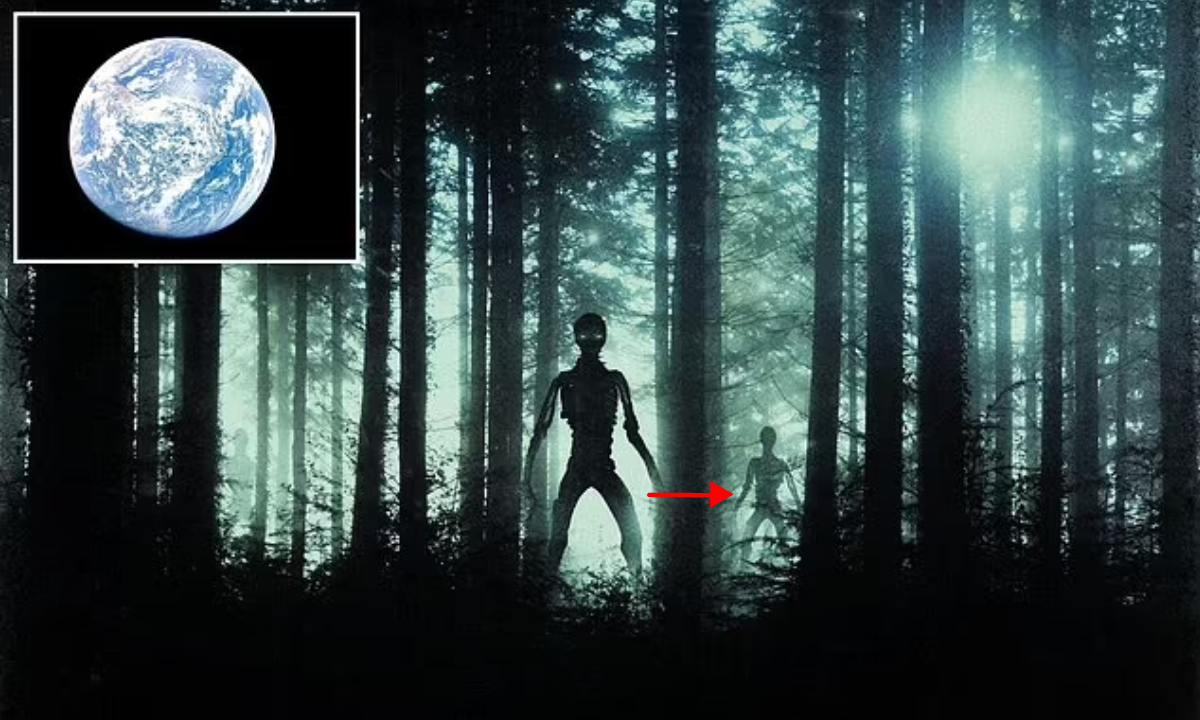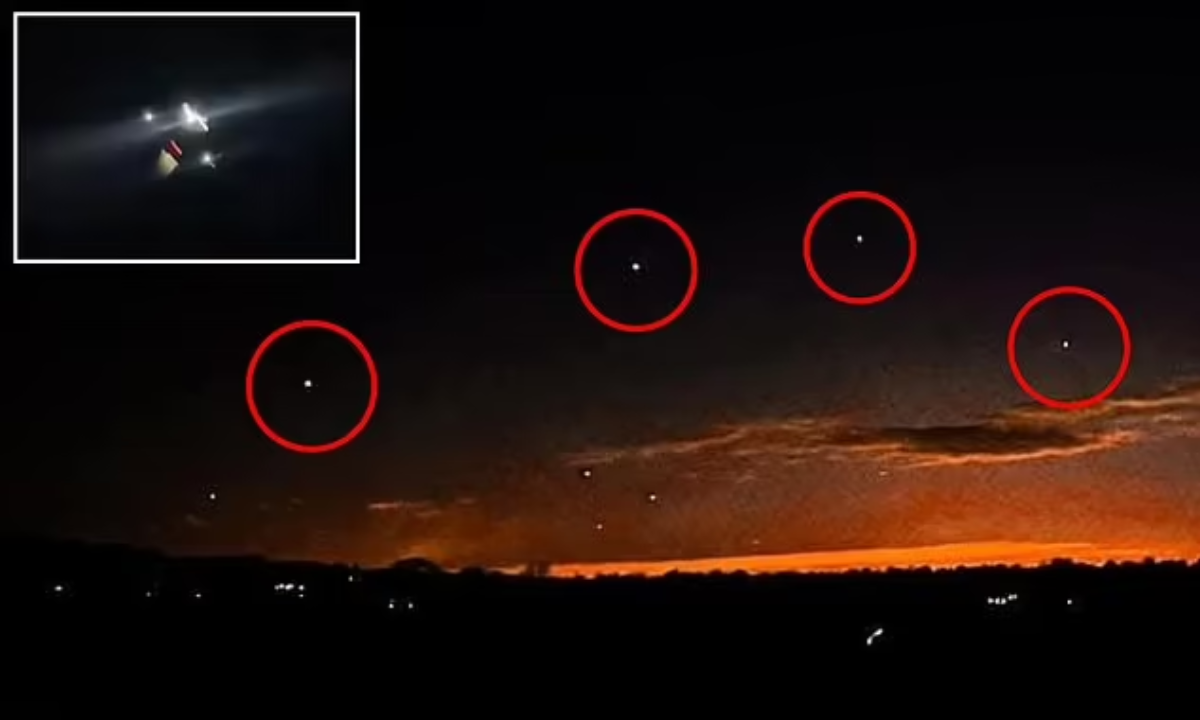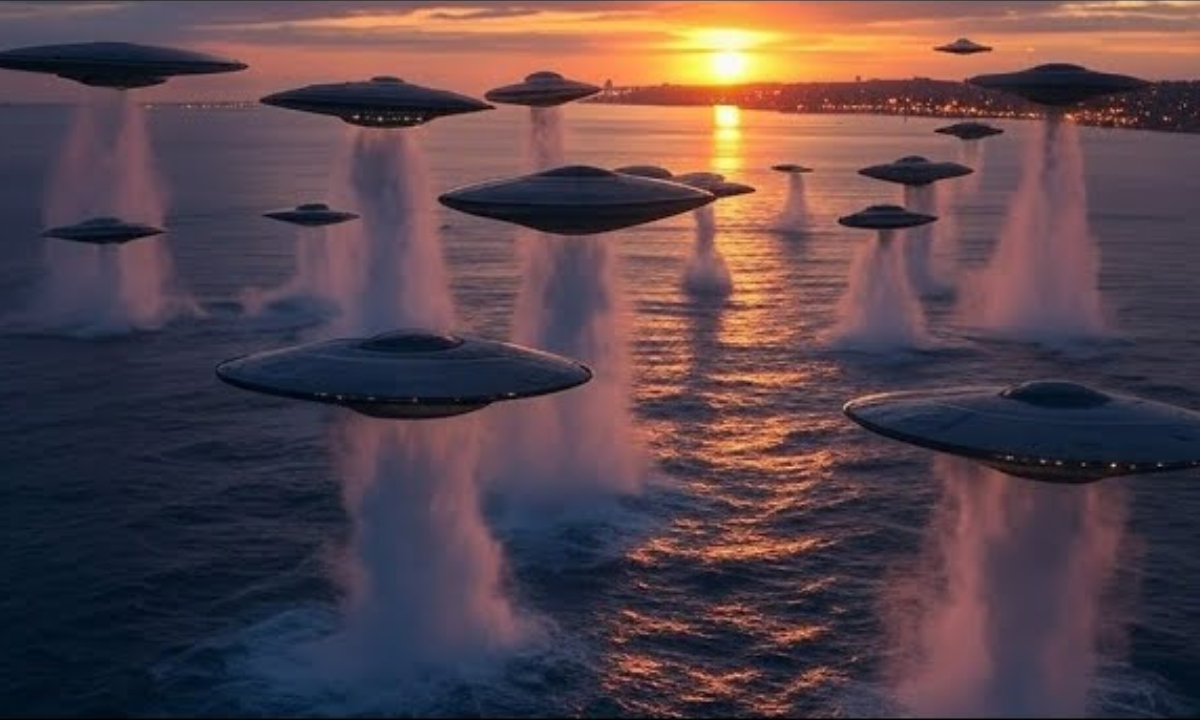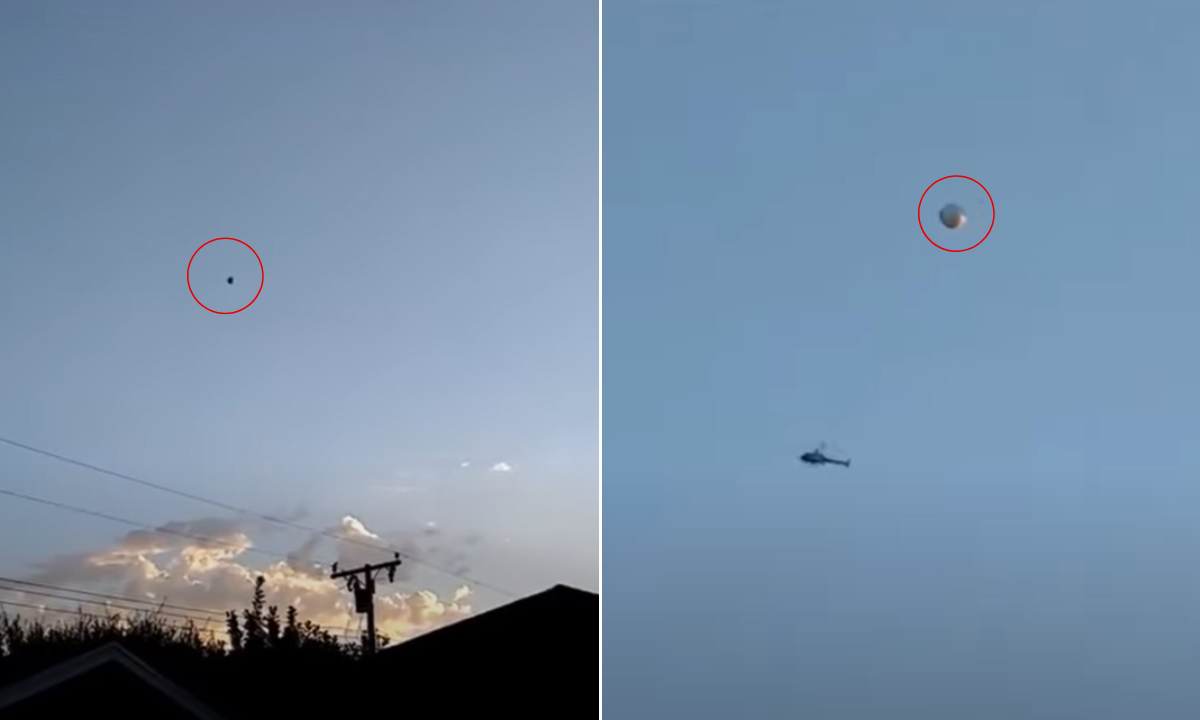**Headline: UFO or Optical Illusion? Lou Elizondo’s Controversial Photo Sparks Frenzy and Debate**

In a stunning twist in the ongoing saga of unidentified aerial phenomena (UAP), a recently released photograph by former Pentagon official Lou Elizondo has sent ripples through both the UFO community and the wider public. The image, purportedly capturing a massive disc-shaped object hovering near the Four Corners region of the United States, has ignited a firestorm of speculation and debate—only to be quickly challenged by amateur researchers who argue that what appears to be a UFO is nothing more than an optical illusion.
During a national security panel discussion, Elizondo unveiled the photograph, claiming it depicted a silver-colored, lenticular object measuring between 600 and 1,000 feet in diameter, taken from an altitude of 21,000 feet by a civilian pilot. The image, which shows a well-defined shadow cast on the ground, fueled immediate excitement among UFO enthusiasts, with many interpreting it as a potential breakthrough in the quest for extraterrestrial evidence.

However, the fervor was short-lived. Within hours of the photo’s release, an astute Reddit user identified its exact location using satellite imagery and geographical overlays. The user revealed that the so-called UFO was actually a circular ground formation east of Colorado Springs, Colorado, cleverly illuminated to create the illusion of a hovering craft. This revelation swiftly shifted the narrative from awe to skepticism, highlighting the ease with which perceptions can be manipulated by context and visual cues.
Elizondo, who has been a prominent figure in the push for transparency around UAPs, was careful to clarify that he could not verify the photo’s authenticity or origin. His cautious approach, while commendable, has raised eyebrows among critics questioning why such an unverified image was presented in a setting focused on national security. The incident underscores the delicate balance between curiosity and credibility in a field often dismissed as speculative.
The rapid ascent and subsequent fall of this photograph serve as a case study in the power of imagery to shape public discourse. While believers in UFOs were quick to rally around the image as a sign of advanced technology, the backlash from skeptics reminds us of the critical importance of thorough verification in the exploration of unexplained phenomena. The incident exposes a broader issue within the UAP conversation: the challenge of distinguishing genuine unknowns from easily explainable anomalies.
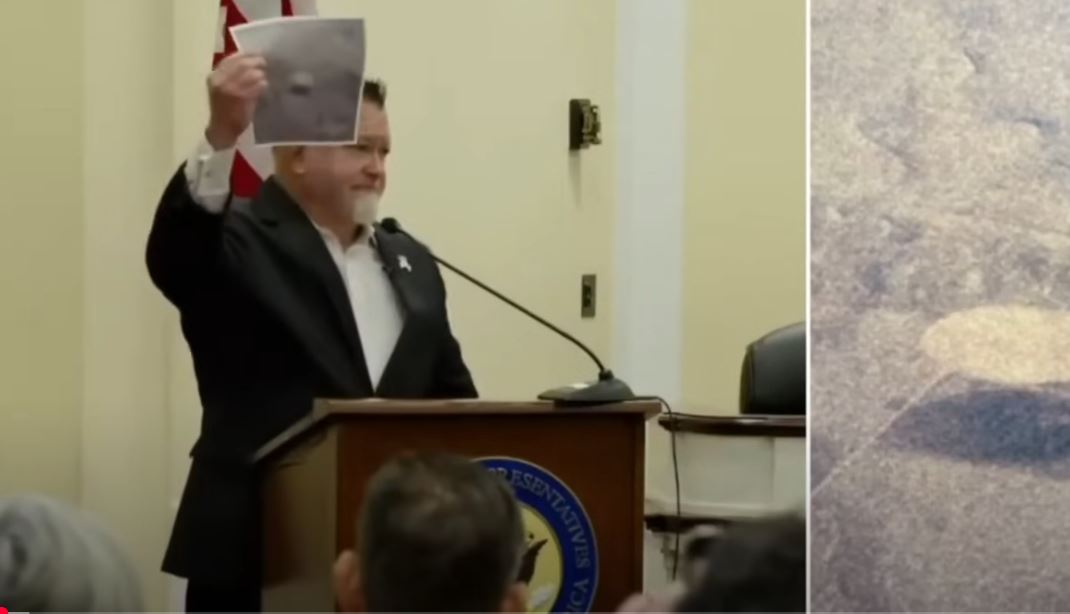
As the discourse surrounding this image continues to evolve, it reflects a growing interest in UAPs that has reached unprecedented levels in recent years. Government agencies, defense officials, and mainstream media outlets are now treating the topic with a seriousness that was rarely afforded in the past. Yet, with this heightened attention comes increased responsibility for those involved in the investigation of such phenomena.
Many in the UFO research community are voicing concerns about the standards applied to the release of images and data. The recent debacle serves as a reminder that every piece of evidence must undergo rigorous scrutiny to avoid undermining years of progress made in legitimizing the field. As researchers strive for transparency and academic involvement, they emphasize the need for a multidisciplinary approach that includes experts in geology, optics, and digital analysis.

While the photograph released by Elizondo may not represent the smoking gun that many had hoped for, it has undeniably sparked important conversations about the nature of evidence in UAP research. The incident illustrates how easily misinformation can spread and how critical thinking remains essential when engaging with extraordinary claims.
In the end, the quest for understanding the skies above us continues, but it must be pursued with caution, care, and a commitment to evidence-based inquiry. The recent misstep serves as a poignant reminder of the fragile balance between curiosity and skepticism—a balance that, if disrupted, risks derailing the very progress that the UAP community has worked tirelessly to achieve. As we navigate this complex terrain, the public deserves well-sourced, thoroughly vetted material that invites curiosity rather than cynicism. The search for truth is a journey fraught with challenges, but it is one that must be undertaken with integrity and respect for the intelligence of those who seek to engage with the unknown.
